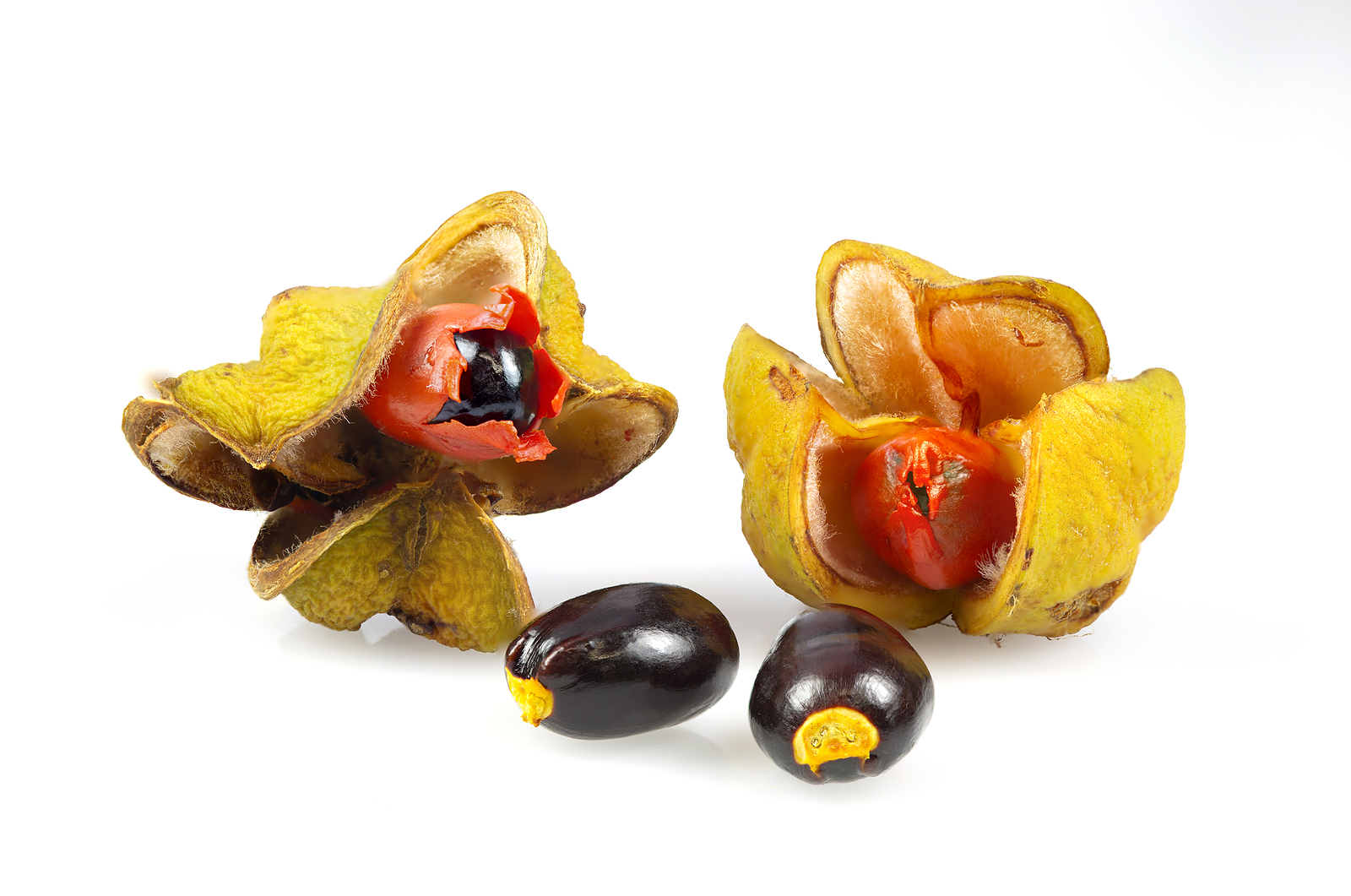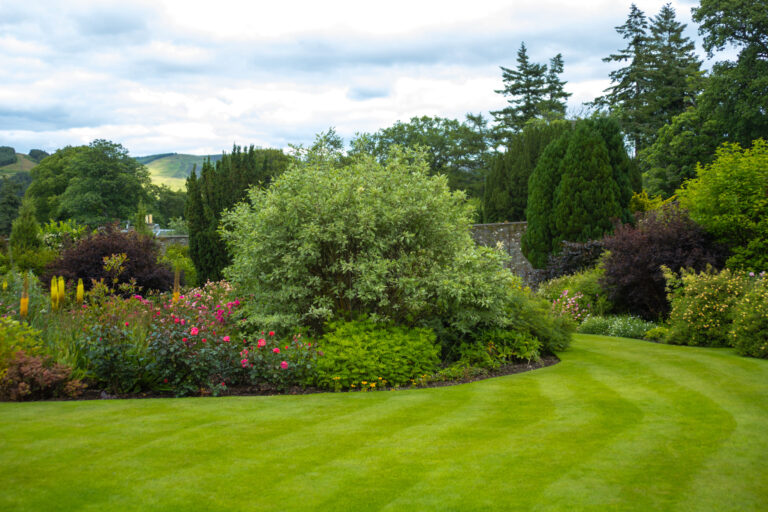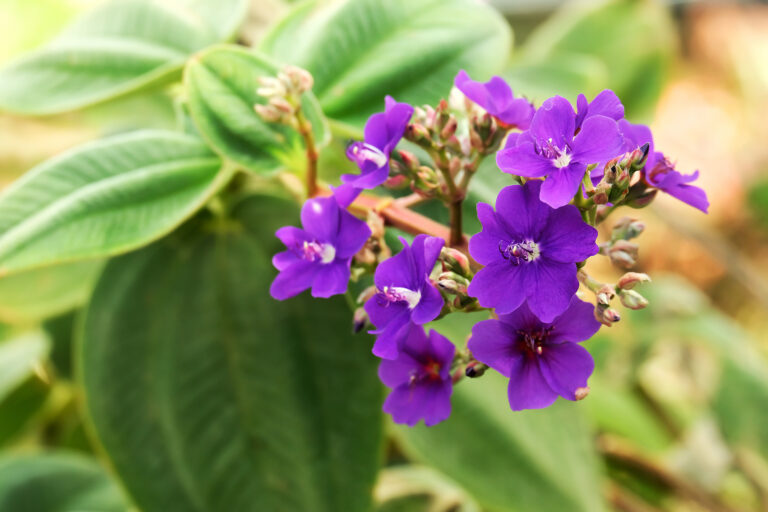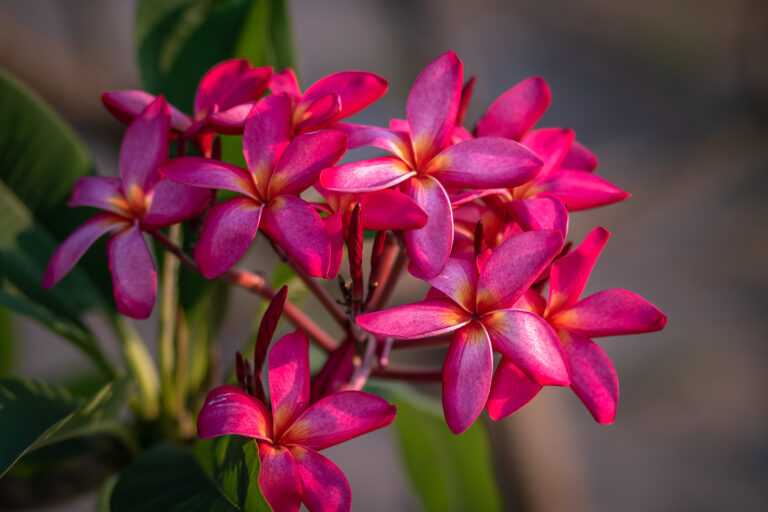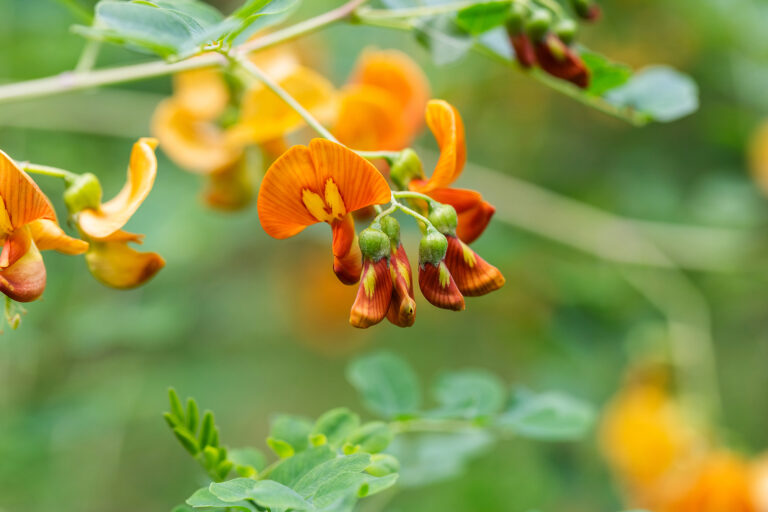How to Grow and Care for Cupaniopsis
Cupaniopsis, commonly known as Tuckeroo, is a genus of evergreen trees and shrubs native to Australia and nearby regions. The most popular species in gardens is Cupaniopsis anacardioides, known for its attractive foliage, manageable size, and ornamental yellow fruit. It’s a versatile choice for gardens, used as a shade tree, street tree, or coastal plant due to its tolerance to salt and wind.
Here’s how to grow and care for Cupaniopsis in the garden:
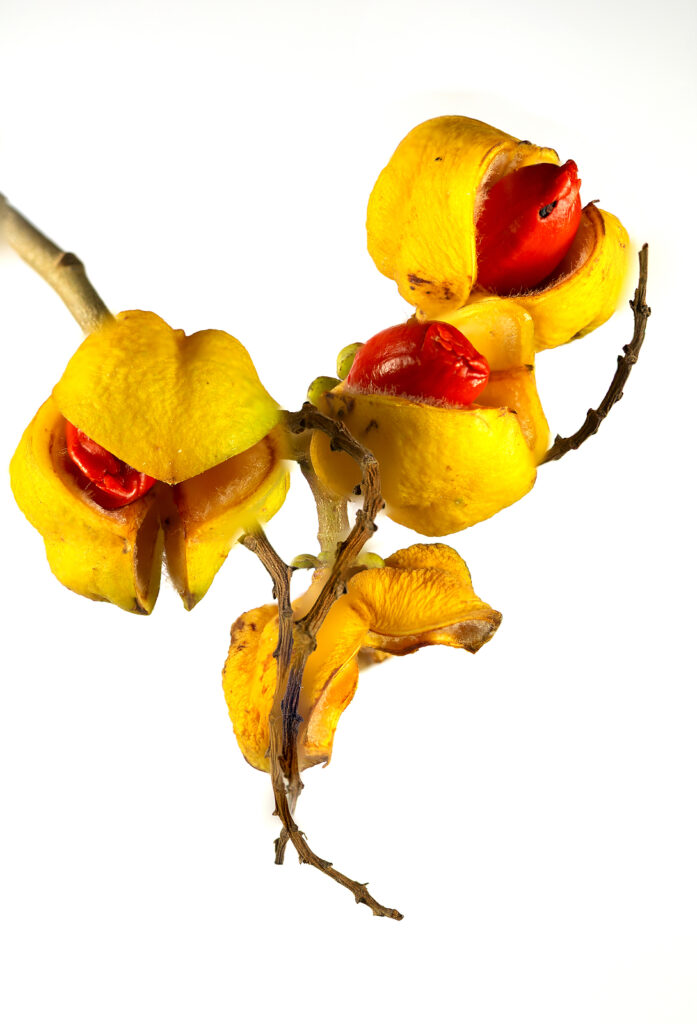
Where to Grow Cupaniopsis
- Light: Prefers full sun but can tolerate partial shade. It should get at least 4-6 hours of sunlight per day for optimal growth.
- Soil: Adapts to various soil types, including sandy, loamy, and clay soils. However, it performs best in well-draining soil with a neutral to slightly acidic pH (6.0-7.0).
- Climate: Suitable for warm temperate to tropical climates, thriving in USDA hardiness zones 9-12. It can withstand some coastal conditions, including salt spray.
How to Plant Cupaniopsis
- Best Time to Plant: Plant in spring or early summer, when the soil is warm and the risk of frost has passed.
- Planting Steps:
- Prepare the Soil: If the soil is heavy or clay-like, consider adding organic matter or sand to improve drainage.
- Dig the Hole: Dig a hole twice the width and the same depth as the root ball.
- Place the Tree: Gently remove the plant from its container and place it in the hole, ensuring the top of the root ball is level with the surrounding soil.
- Backfill the Hole: Fill the hole with soil, pressing down gently to remove air pockets.
- Water Thoroughly: Water well after planting to help the soil settle around the roots.
Caring for Cupaniopsis
Watering
- Regular Watering: During the first year, water regularly to help establish a strong root system. Keep the soil moist but not waterlogged.
- Drought Tolerance: Once established, Cupaniopsis is fairly drought-tolerant but benefits from occasional deep watering during prolonged dry periods.
Fertilizing
- Feed Annually: Apply a balanced, slow-release fertilizer in early spring to promote healthy growth. Use an NPK ratio of around 10-10-10.
- Organic Options: A top-dress of compost or well-rotted manure can be applied in spring to enhance soil fertility.
Pruning
- Shape and Size Control: Prune lightly in late winter or early spring to shape the tree or control its size. This encourages bushier growth and maintains a tidy appearance.
- Removing Dead or Damaged Wood: Trim away any dead, damaged, or diseased branches as needed to keep the tree healthy.
Mulching
- Apply Mulch Around the Base: A 2-3 inch layer of organic mulch, such as bark chips or compost, helps retain soil moisture, suppress weeds, and regulate soil temperature.
- Keep Mulch Away from the Trunk: Leave a small gap between the mulch and the trunk to prevent rot.
Winter Protection
- In Cooler Areas: While Cupaniopsis can tolerate mild frost, it may require protection in regions with frequent freezes. Consider using frost cloths or planting in a sheltered location.
- Container Planting: In colder zones, it can be grown in a large container and moved indoors or to a greenhouse during winter.
Propagating Cupaniopsis
Cupaniopsis can be propagated from seeds or cuttings:
Seeds:
- Fresh seeds have a higher germination rate. Collect the seeds from ripe fruit, remove the outer covering, and sow them in a well-draining potting mix.
- Keep the soil moist but not waterlogged, and place the seeds in a warm area. Germination may take several weeks.
Cuttings:
- Take semi-hardwood cuttings in late summer. Dip the cut end in rooting hormone and plant in a well-draining potting mix.
- Place the cuttings in a humid environment or cover them with a plastic bag to maintain moisture until roots develop.
Pests and Diseases
Cupaniopsis is generally resistant to pests and diseases, but some issues may arise:
- Scale Insects: Can occasionally infest the tree, causing leaf yellowing. Use insecticidal soap or neem oil to control the infestation.
- Root Rot: May occur in poorly drained soils or if overwatered. Ensure the soil drains well and avoid waterlogging.
Using Cupaniopsis in the Garden
- Ornamental Tree: Its lush, evergreen foliage and attractive yellow fruit make Cupaniopsis an excellent ornamental tree for gardens.
- Shade Tree: The dense canopy provides good shade, making it suitable for use as a small shade tree in lawns or near patios.
- Coastal Planting: Tolerates coastal conditions, including wind and salt spray, making it a good choice for seaside gardens.
- Street and Park Tree: Often used in urban landscaping due to its low maintenance requirements and tolerance to various conditions.
- Container Plant: Can be grown in large containers for patios or terraces, especially in areas where it is not hardy outdoors year-round.
Benefits of Growing Cupaniopsis
- Low Maintenance: Requires minimal care once established, making it suitable for low-maintenance gardens.
- Drought Tolerant: Once mature, it can tolerate dry conditions, which is useful in water-wise gardening.
- Wildlife Attraction: The flowers and fruits attract birds and other wildlife, enhancing the biodiversity of the garden.
- Coastal Adaptability: It thrives in coastal environments where many other trees struggle due to salt exposure.
Popular Species
- Cupaniopsis anacardioides (Tuckeroo): The most widely grown species, known for its attractive, glossy leaves and small, yellow-orange fruit. It grows up to 10-15 meters tall but can be maintained as a smaller tree with regular pruning.
Cupaniopsis Summary
Growing Cupaniopsis in the garden provides a beautiful, low-maintenance tree that can enhance various landscape designs. With proper planting, occasional watering, and light pruning, this versatile evergreen will thrive, providing shade, wildlife attraction, and ornamental value. Its adaptability to coastal conditions and drought tolerance make it a great choice for gardens in warmer climates.

